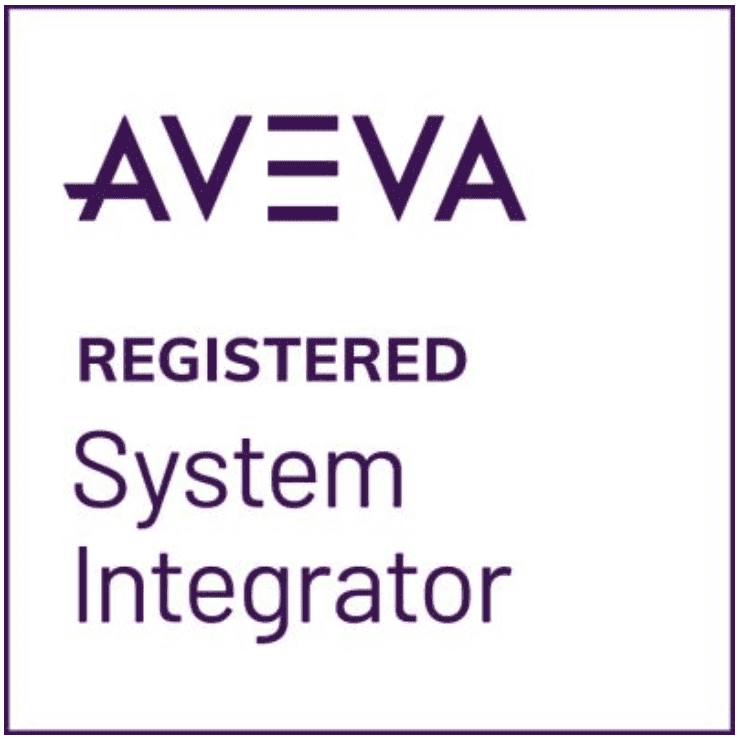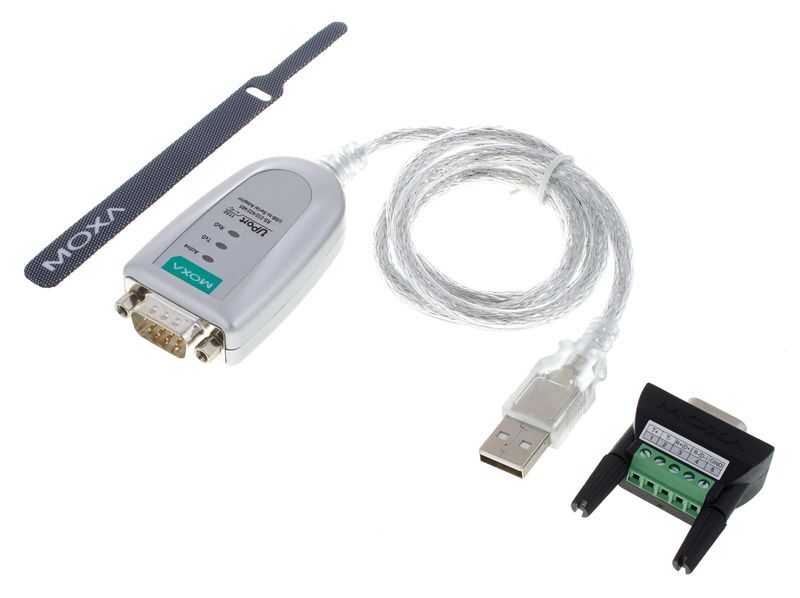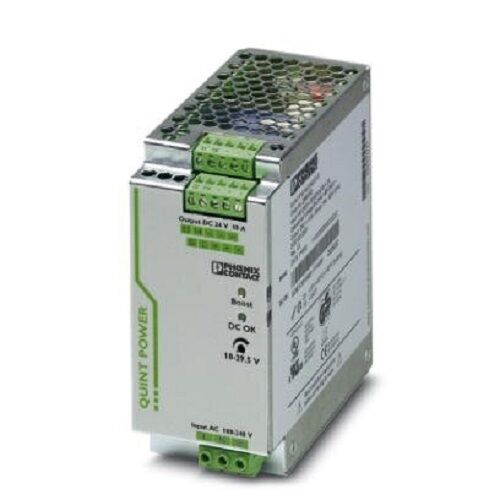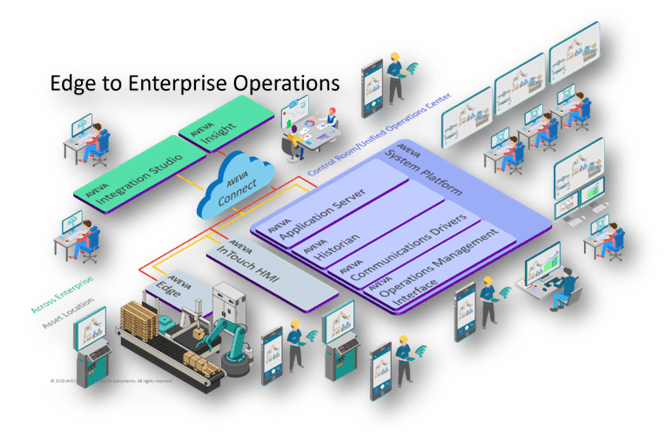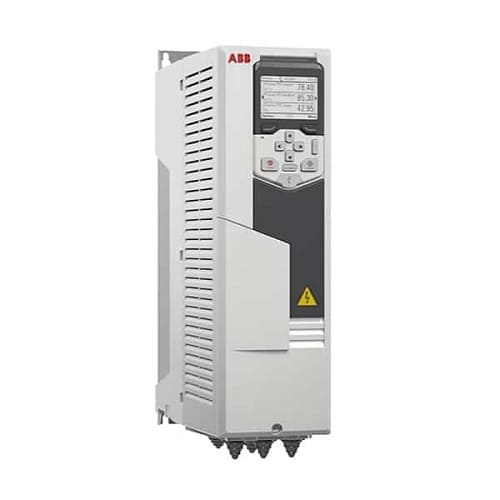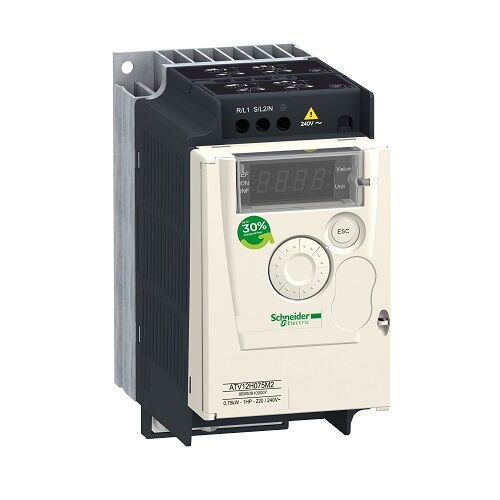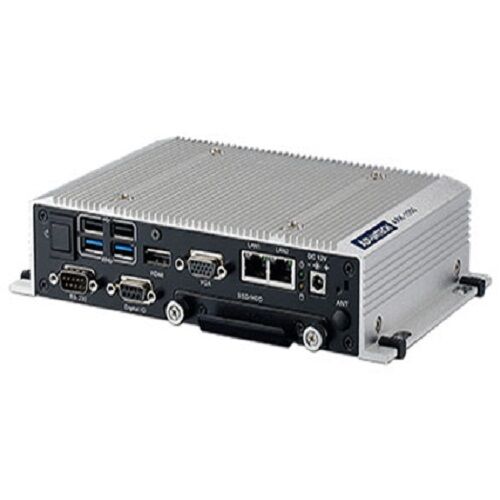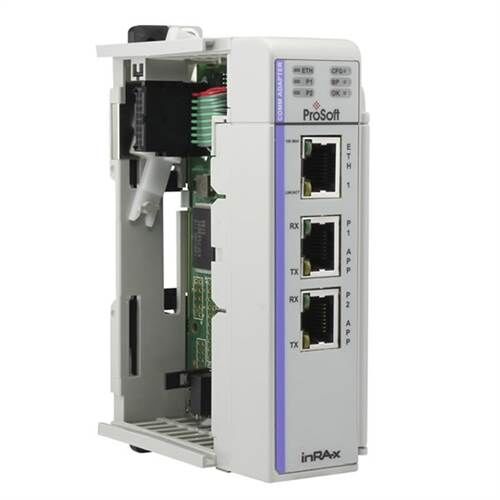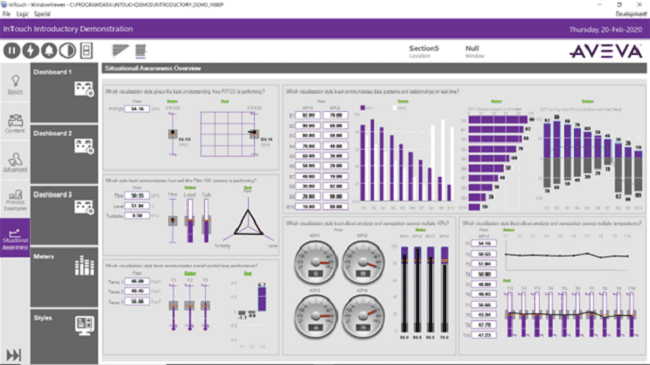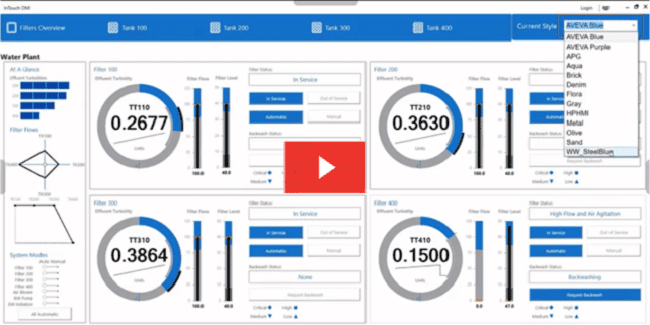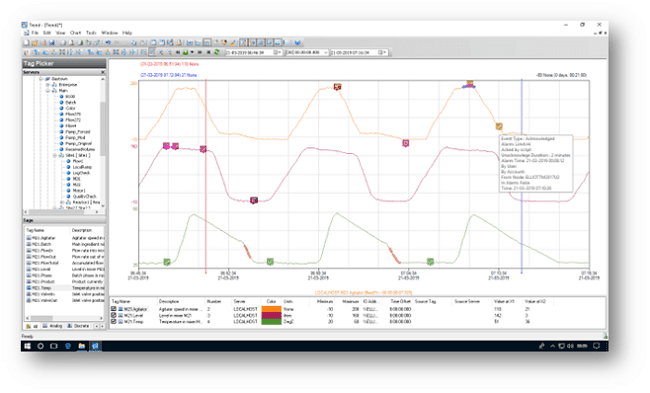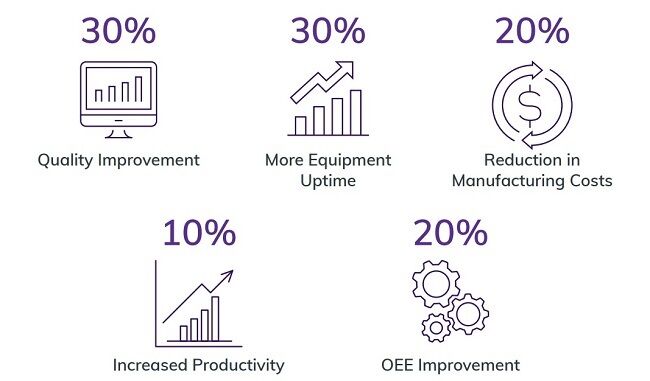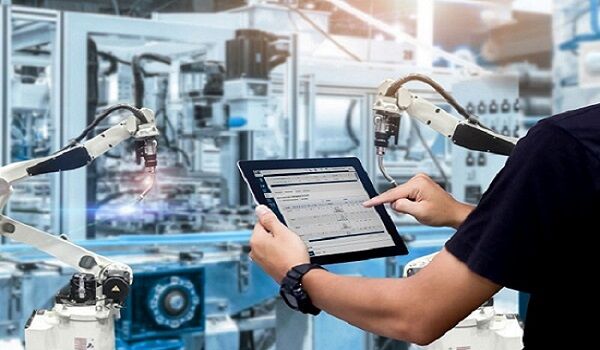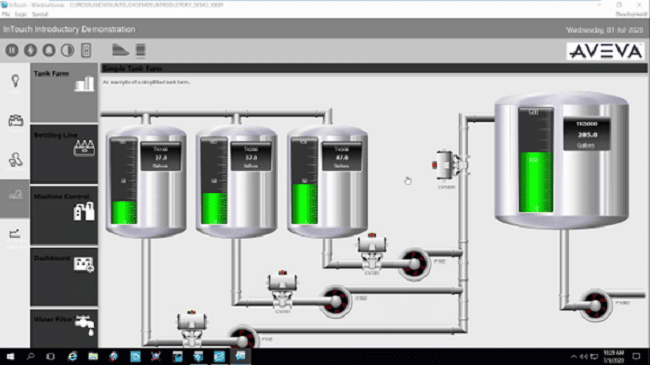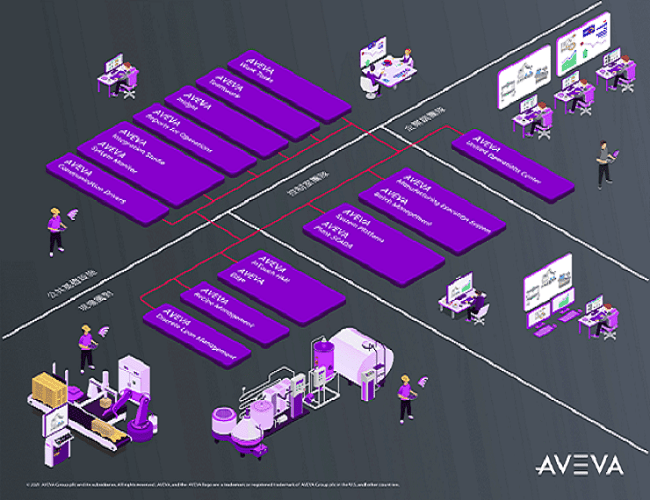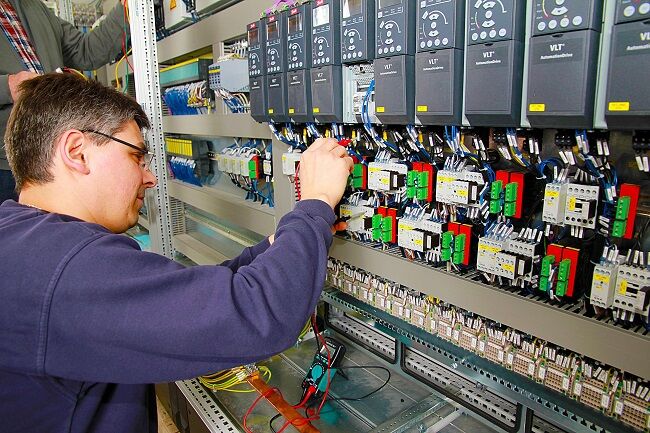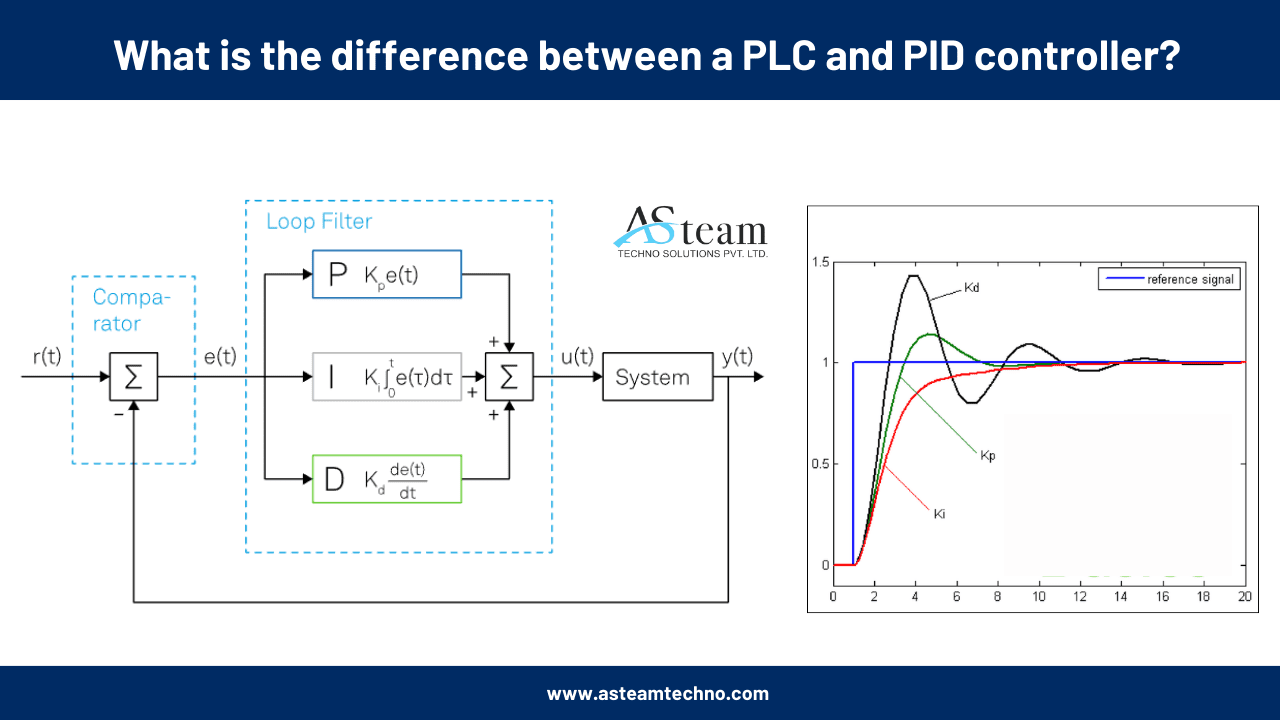PLCs and PID controllers are two different categories of control systems used in industrial automation. Digital computers called PLCs (Programmable Logic Controllers) are used to monitor and manage a range of industrial processes. PID (Proportional-Integral-Derivative) controllers are used to automatically adjust a process variable, such pressure or temperature, by altering the output of a control system. PID controllers are more specialised and built for certain control tasks, but PLCs are more versatile and may be utilised in a larger range of applications. The specific needs of the application will determine which of the two is chosen.
What is PLC?
A programmable logic controller (PLC) is a special kind of computer that is used in industrial control systems. They are employed in many different industries, including as oil refineries, industrial lines, and conveyor systems. When controlling devices is necessary, the PLC provides an adaptable method to "software" the components together.
The central processing unit (CPU) of the basic components is dedicated to executing a single programmed that monitors many inputs and logically modifies the outputs to get the required control. In addition to their exceptional dependability (no software or mechanical crashes), cost, and small size, they are also intended to be more versatile in terms of programming when compared to conventional control systems.
PLC refers to a controller with programmable logic. Electromechanical processes are often managed using PLCs, which are programmable computing devices utilised in the industrial sector. The phrase "industrial PC" refers to a PLC's primary purpose as a specialised industrial computing device and is occasionally used to refer to PLCs.
PLCs decide what should happen to an output device, such turning on or off a light, based on signals from an input device, such as a light switch.
How does a PLC function?
A programmable logic controller receives information from linked sensors and input devices, analyses it, and then triggers the required outputs based on its preprogramed settings. Based on its inputs and outputs, a PLC can easily record and monitor runtime data—such as operating temperature, machine productivity, the setting of alerts in the event of a malfunction, automated start and stop protocols, and more. Because of their dependability and versatility, PLCs are suitable for a wide range of manufacturing process control applications.
What is PID Controller?
Proportional integral derivative( PID ), is a type of device used in industrial settings to control temperature, pressure, flow, and speed among other process factors. This controller's control loop feedback device controls every process variable.
This type of control pushes a system that would otherwise be level in the direction of an objective location. It is almost usually employed for temperature control and is also utilised in many chemical reactions, automated systems, and scientific operations. Closed-loop feedback is employed in this controller to maintain the genuine output of a technique near the target or, if feasible, output at the fixed point.
How does a PID Controller function?
A PID controller is based on the fundamental requirement that all three terms integral, derivative, and proportional be adjusted separately. A correction factor is determined by squaring these two numbers, then added to the input. For example, an oven's temperature will be raised if it is lower than necessary. The following are the three steps:
Proportional tuning:
Proportional tuning entails adjusting a goal in proportion to the difference. Because the applied correction shrinks as the gap shrinks closer to zero, the objective value is never attained.
Integral tuning:
Integral tuning attempts to remedy this by effectively collecting the erroneous result of the "P" operation in order to increase the correction factor. For example, if the oven stayed below temperature, "I" would operate to increase the head. Instead of halting heating when the objective is reached, "I" attempts to push the cumulative error to zero, resulting in an overshoot.
Derivative tuning:
Derivative tuning attempts to reduce overshoot by decreasing the correction factor as the target approaches.
What is the difference between a PLC and PID controller?
PLCs (Programmable Logic Controllers) and PID controllers (Proportional-Integral-Derivative) are both utilised in control systems, although they differ in their design, function, and applications. Here are a few of the most important distinctions:
- Design: Programming languages are used by PLCs, digital computer-based control systems, to regulate industrial operations. They are made up of a programming interface, I/O modules, and a central processing unit (CPU). PID controllers, on the other hand, are analogue controllers that control a process using electrical circuits.
- Function: Discrete process control, such as turning on and off switches and actuators, is the domain of PLCs. A graphical programming language called ladder logic uses relays or digital signals to turn outputs on and off. PID controllers, on the other hand, are designed to continuously regulate variables like flow rate, pressure, and temperature. They adjust the system output based on the discrepancy between the planned set point and the measured process variable by use of a feedback loop.
- Applications: Production lines, assembly lines, and material handling systems are just a few of the industrial processes that use PLCs. Discrete-control processes like labelling, packing, and sorting are perfect for them. PID controllers, on the other hand, are used in processes like mixing, heating, and chilling that call for constant control of variables. The food and beverage, pharmaceutical, and chemical processing sectors are among those that often use these applications.
PLCs and PID controllers are two prominent control systems in industrial automation, each with its own set of benefits and drawbacks. PLCs, or Programmable Logic Controllers, are digital processors that accept input data from sensors and activate or deactivate output devices based on a set of preprogramed instructions to manage industrial activities. PLCs perform effectively in discrete industrial applications with steps or stages, such as material handling or assembly lines. They are a popular choice in a variety of industries because they provide precise control over discrete factors like as time, position, and speed, as well as the ability to swiftly identify and correct errors.

